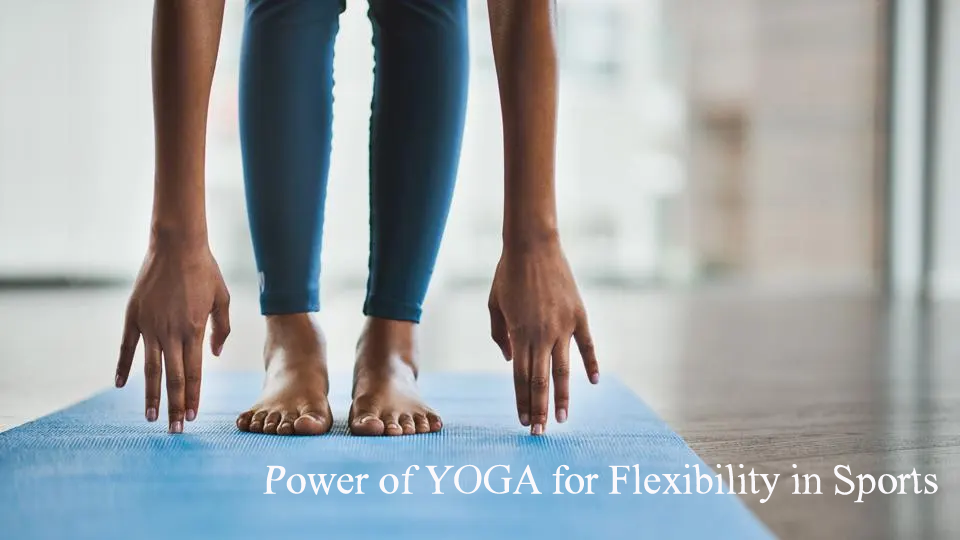Mindfulness Meditation: How To Do It
Numerous advantages of mindfulness meditation include lowered stress levels, better emotional control, sharper attention, and greater general well-being.
What is mindfulness meditation?
In the realm of mindfulness meditation, the practice is akin to a cognitive workout. Essentially, it revolves around cultivating full, undivided attention on the present moment, free from the clutches of past regrets or future worries. Typically, the first step involves finding a tranquil place to occupy, settling down comfortably, and tuning in to your breath or the physical sensations emanating from your body. The objective is to permit thoughts to enter and leave without becoming preoccupied by them, prioritizing your awareness of current circumstances rather than trying to empty the mind of all thoughts. Enhance your focus and infuse calmness into your daily life by practicing regularly and it can even help lower tension. Consider it like taking a mental vacation where you can let go of the constant need to prioritize yourself.
Benefits of mindfulness meditation

Reducing Stress:
One common method for reducing stress is mindfulness meditation. People can reduce their overall stress levels by interrupting the cycle of worry and anxiety by focusing on the current moment without passing judgment.
Enhanced Control of Emotions:
Enhanced emotional control has been associated with consistent mindfulness practice. Mindfulness meditation practitioners may find that they have more emotional regulation, which results in a more stable and upbeat mood.
Improved Focus and Concentration:
Training the mind to concentrate on the here and now is a component of mindfulness meditation.People frequently report increased focus and attention span as a result, which is very advantageous for controlling stress and anxiety.
Enhanced Quality of Sleep:
Improved sleep quality has been linked to mindfulness meditation. People may find it simpler to unwind and get asleep by lowering tension and soothing their minds, which might help their general sleep habits.
Reduced Blood Pressure and Enhanced Physical Well-Being:
Evidence exists to support the idea that practising mindfulness meditation can help reduce blood pressure and enhance cardiovascular health.The autonomic nervous system is thought to benefit from the practice, which encourages relaxation and lessens physiological stress reactions.
Enhanced Adaptability:
People who practice mindfulness meditation may become more resilient because it fosters a tolerant and non-reactive mindset towards difficult circumstances. This may help one be more equipped to recover from setbacks and hardships.
Modifications to Brain Function and Structure:
According to neuroscience studies, mindfulness meditation can alter the structure and function of the brain, especially in regions linked to attention, self-awareness, and emotional control.
Improved General Well-Being:
In the end, mindfulness meditation is frequently linked to a general feeling of wellbeing. People may feel more pleased and satisfied in life if they practice present-moment mindfulness and a nonjudgmental attitude.
Techniques and tips for practising mindfulness meditation

Locate a Quiet Area:
Select a comfortable, peaceful area where you won’t be bothered. This might be a designated area for meditation or just a peaceful nook in a room.
Suitable Position:
Maintain a straight back when sitting in a comfortable position. With your feet flat on the floor, you can sit on a chair or on a floor cushion. Place your hands in your lap or on your knees.
Keep Your Breath in Mind:
Observe how you breathe. Breathe normally, paying attention to how each breath feels as you take it in and out. You might concentrate on how your breath feels in your chest, belly, or nose.
Make Use of Guided Meditations:
You can listen to recorded sessions or in-person guided mindfulness meditations. Experienced educators provide guided meditations on a variety of applications and internet platforms.
Strolling in Stillness:
When you walk, cultivate mindfulness. Observe your breathing, every stride you take, and how your feet feel on the earth. This might be a novel approach to incorporate mindfulness into regular tasks.
Consciously Consuming Food:
Enjoy a meal or snack with awareness, focusing on the tastes, textures, and aromas of your food. When eating, stay away from distractions like the phone and TV.
Select the Length of Meditation:
As you get more accustomed to the exercise, gradually extend the length of your sessions from shorter starts. Mindfulness meditation for even five to ten minutes might be helpful.
Set a Regular Schedule:
Establish a consistent meditation routine. Whether it’s in the morning, during lunch, or before bed, having a regular schedule helps build a habit.
Body Awareness:
Bring awareness to physical sensations, such as the feeling of the breath, any tension or relaxation in the body, or the contact points between your body and the surface you’re sitting on.
Use Mindfulness Apps:
Consider using mindfulness apps that offer guided meditations and tools for tracking your practice. Examples include Headspace, Calm, and Insight Timer.
Non-Judgemental Awareness:
Practice non-judgmental awareness. Instead of labeling thoughts as good or bad, simply observe them without attachment. This helps cultivate a more accepting and open mindset.
Be Patient and Kind to Yourself:
Mindfulness is a skill that develops over time. Be patient with yourself and approach your practice with a kind and non-critical attitude.
How Much Should I Meditate?
Begin with brief meetings:
Start with shorter meditation sessions, like five to ten minutes, if you’re new to the practice. You can develop a habit like this without getting overwhelmed.
It Matters to Be Consistent:
Duration is not as crucial as consistency. Regular short-term meditation sessions are preferable than lengthier, more infrequent ones. If at all feasible, practice every day.
Pay Attention to Your Mind and Body:
Observe your feelings both during and after the meditation. Shorter sessions can be the ideal length for you if you discover that they help you feel renewed and concentrated. If you feel you need more time, consider extending your practice.
Prioritize Quality Over Quantity:
It matters more how well you meditate than how long you spend doing it. A concentrated and mindful 10-minute session is preferable to a distracted 30-minute session.
Think About Your Objectives:
The length of your meditation may vary depending on its goal. A quick daily meditation practice might be helpful if you’re doing it to relieve stress. Longer sessions can be more suitable if you’re trying to achieve profound focus or insight.
Use Timers and Apps:
Setting a timer can help you maintain a consistent meditation routine. Many meditation apps also offer guided sessions with varying durations, making it easy to choose the length of your practice.
Integrate Mindfulness into Daily Life:
You don’t have to limit mindfulness to formal meditation sessions. Try to incorporate mindfulness into everyday activities, such as mindful breathing while commuting or being fully present during daily tasks.
Be Flexible:
Be flexible with your meditation routine. Some days you might have more time, while other days may be busier. Adapt your practice to fit your schedule.
Recall that consistency is essential for a successful meditation practice. Find a schedule that suits your needs and helps you reach your objectives. It does not matter how long you meditate for—5 minutes or 30—what matters is that you include it into your daily or weekly schedule.













